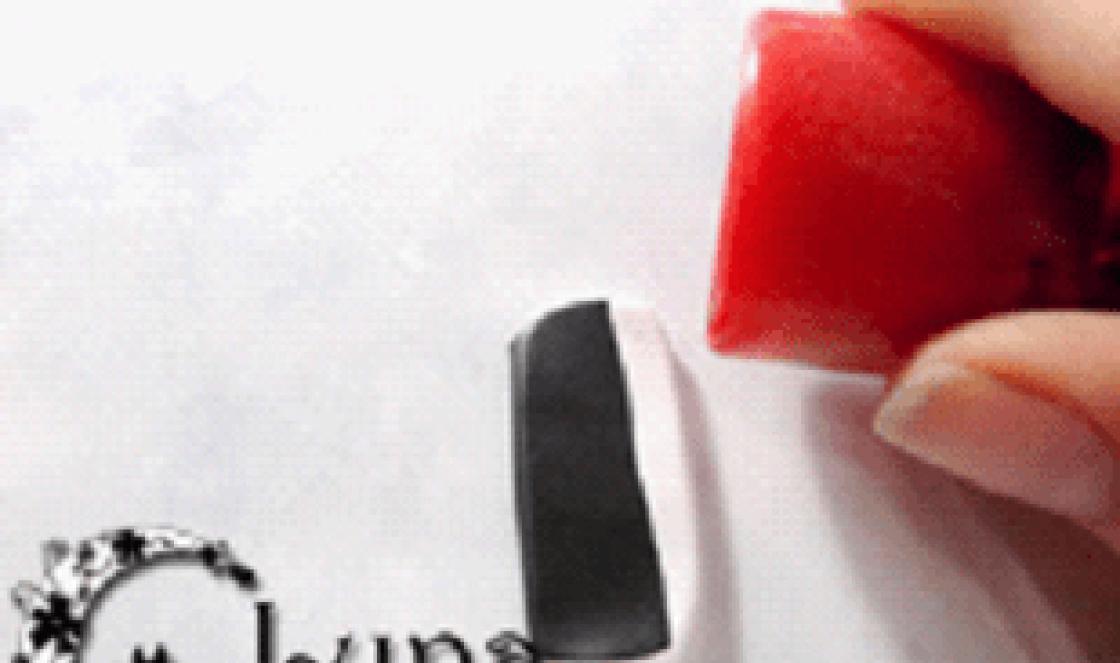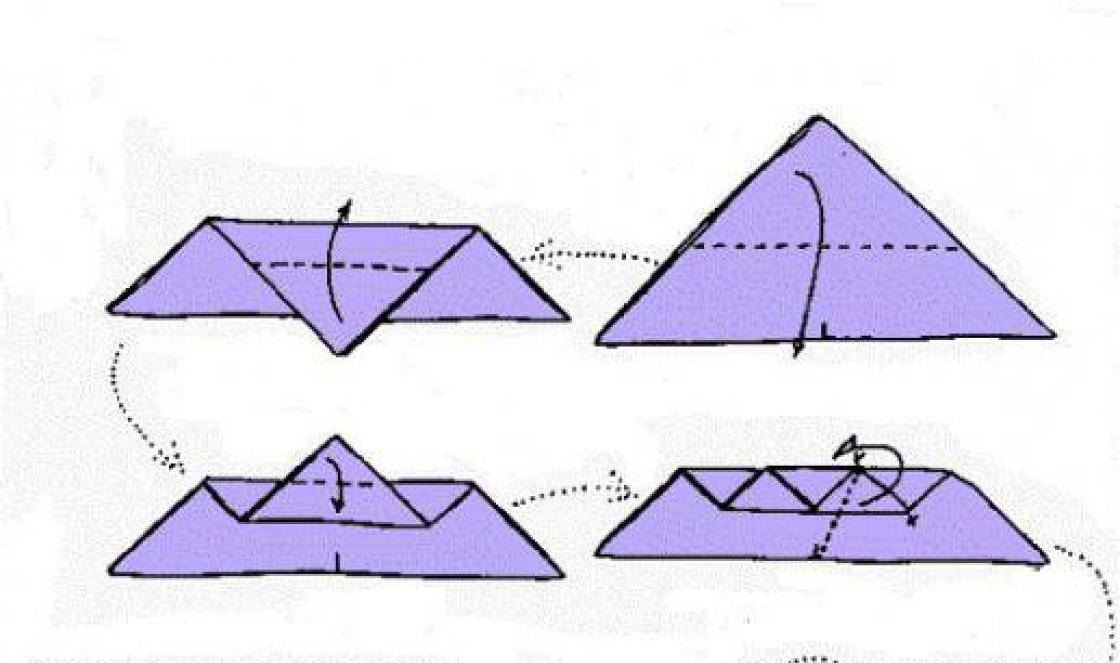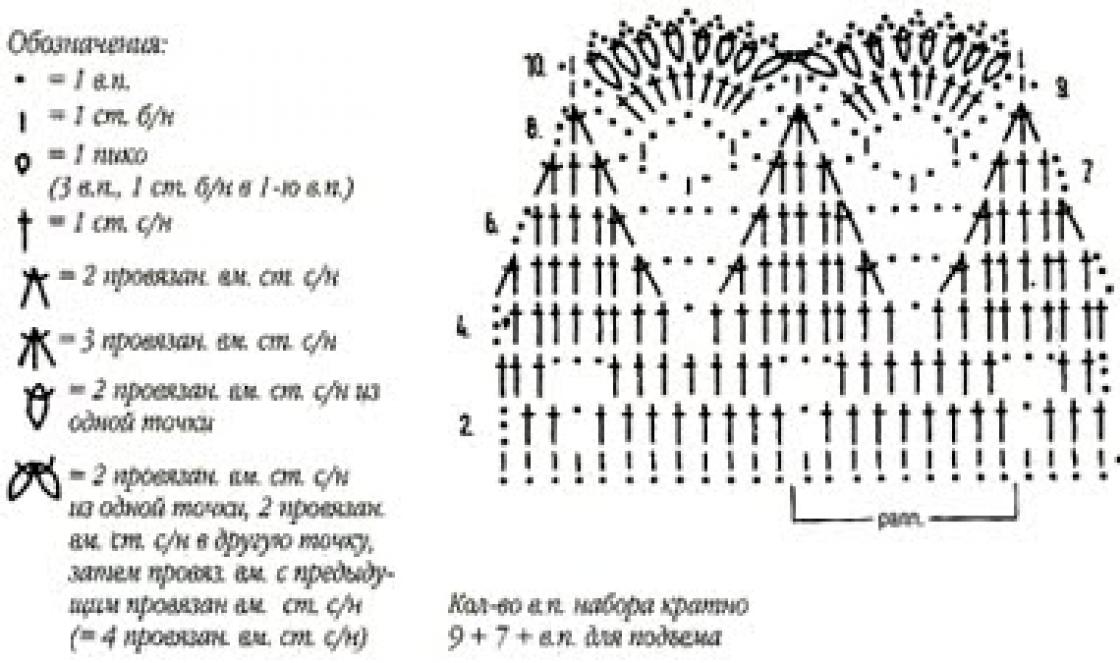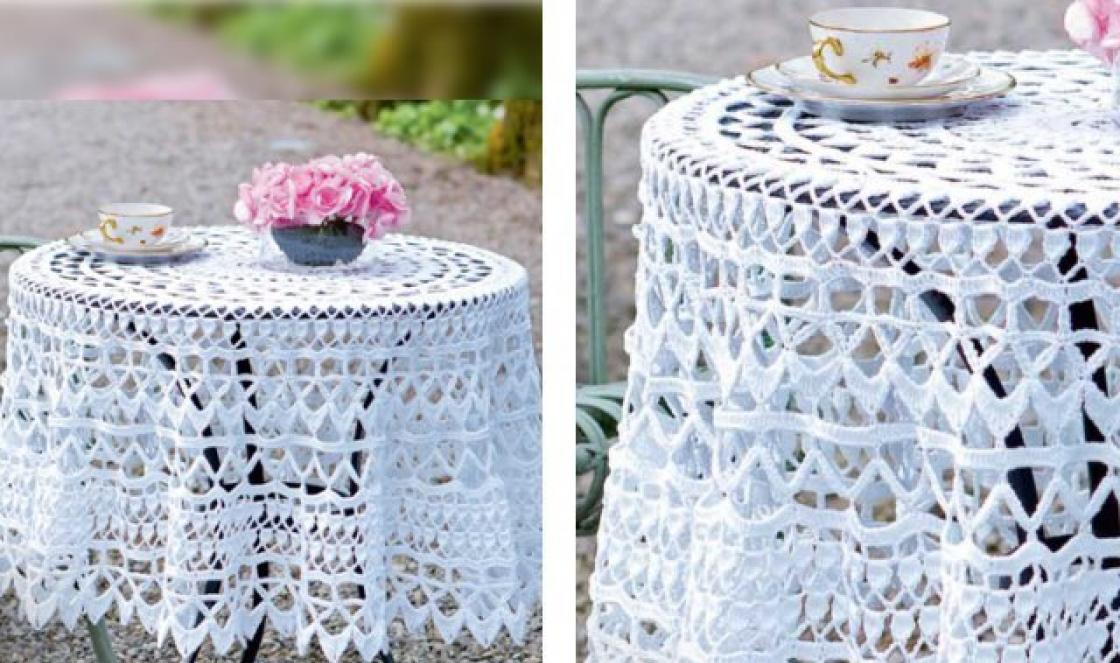Sooner or later the question arises: how to properly sew knitted parts. How to sew so that it doesn’t warp, pull, or be invisible.
There are many different stitching techniques. Each method has its own characteristics, and additional tools may be required to complete it.
It is best to use the same thread for stitching that you used to knit the product. , with the exception of fancy yarn or untwisted thread (retail). In this case, sew the seams with even, strong thread of a similar color, making sure that this thread has the same wash resistance as the main yarn.
First mold the parts, making their edges completely smooth, this will make it easier to sew . Pin or mark before final stitching. Put the product on and take a look. how it fits on you.
Do all small details, such as pockets or embroidery on the canvas, before stitching, because it is much easier to work with one part than with a whole product.
Most knitters sew the product in this sequence : one shoulder seam or both, depending on the model and method of knitting the neckline, sewing in the sleeves and then the side seams.
When sewing parts, try to tension the thread evenly. Pull the thread tightly, but not too tightly, so that the seam does not wrinkle.
The thread for stitching should not be too long - no more than 46 cm. As a result of constant friction of the thread passing through the fabric, it may break.
Make sure that the seam you make forms a neat straight line. Always insert the needle or hook in the same place throughout the entire stitch. If necessary, pass a thread of a contrasting color through the loops or rows to see the line more clearly. If the lengths of the 2 pieces you are sewing are slightly different, you can even them out by skipping 2 rows or stitches every few centimeters on the longer piece while sewing. This is only possible if the difference is no more than 1.5 cm. If the difference is larger, you will have to completely redo one of the parts.
Turned edges, such as cuffs or golf collars, are sewn on the reverse side of the product, so that after the lapel the seam is not noticeable.
Basting
Some vyaal girls use basting stitch as the main seam for joining parts . However, such a seam looks sloppy and is not recommended for final stitching. It is better to use basting when pre-stitching parts. Baste all the pieces together using a contrasting color thread, try the piece on, then pull out the basting thread and sew the pieces together. Baste with a slight allowance, close to the edges, as when making a finishing seam. Use a large eye needle and strong enough thread to sew the pieces together. Do not baste the parts with sewing threads, as... When trying on a product, they often tear.
Pull the thread through both pieces, first to the front side and then to the back.
 Start of seam
Start of seam
If there is a long free end of the cast-on thread left on the left side of the product, you can use it to sew the parts together. To avoid the gap that often occurs at the very beginning of the seam, use the stitching technique shown in the picture.

Thread the end of the thread into the yarn needle. Turn both parts with the right side facing you and, moving from back to front, insert the needle into the corner loop of the part that does not have free end threads Insert the needle from back to front into the corner loop of the other part, pulling the thread through in a figure eight. Tighten the thread to hide the gap.
Types of seams and methods of sewing knitted items.
Sewing on sleeves
Horizontal invisible seam
Covering seam
Kettle stitches
False curved seams
Invisible seam connecting vertical and horizontal panels
How to sew knitted parts? These questions are asked by needlewomen after the main stage of making a knitted item with their own hands has been completed, that is, when all the details are knitted. Usually the knitting description indicates how to sew the knitted fabric. But if there are no special instructions, and your product is made with regular (not openwork) knitting, then the most in a convenient way The connection between the parts can be considered a mattress seam.
So, how to sew knitted parts
Due to its ease of execution and complete invisibility, the mattress stitch in knitting is very popular. The mattress seam, the knitting of which can also be called the most democratic, is truly completely invisible on the canvas. And this despite the fact that it is actually performed on the front side of the parts.
How to sew knitted parts video
To sew knitted pieces with a mattress stitch, place both pieces with right sides facing you and fold them as evenly as possible with the sides (the parts where the seam will go) facing each other. It is important to arrange the parts so that the rows of parts are strictly opposite each other.
Now you need to take a needle with a wide eye (you can use a special needle for sewing knitted parts, either a tapestry needle or a sewing needle, but with a large eye).
Thread the needle with sewing thread. Usually the same thread is used that was used for knitting. If this thread is very thick, then divide the thread in two and sew with it.
Now you need to insert the needle into the first edge loop on one fabric. If the fabric is made with stockinette stitch, then you need to insert a purl stitch into the loop. In this case, it is necessary to insert it so that the needle passes through the loop from the bottom up and remains on the front side of the fabric.
After this, in the same way, you need to insert the needle into the loop on the opposite side, that is, into the loop located opposite, on the second knitted part.
Pull the thread through.
Now we insert the needle into the loop of the next row on the opposite side, that is, into the next loop of the first knitted part.
And again we return to the next loop of the second row of the second knitted part.
We continue this way until the parts are sewn together.
By pulling the working thread, you can pull the knitted fabrics together very tightly so that the seam between them will be completely invisible.
Mattress seam video
In this simple way you can connect knitted parts of jumpers, sweaters, and cardigans.
Every needlewoman, having knitted a blouse from yarn, thinks about how to sew her product correctly and beautifully. It is believed that knitting is only a small part of the work, but stitching knitted products is the main part. If the product is made of thin yarn, for stitching you need to take a thread of the same thickness and, preferably, the same color. And if the yarn of the product is thicker or dense, then a thin thread is needed.
When stitching, you need to take into account all the nuances of stitching so that the seams are even and moderately tight, otherwise the product will be damaged.
Methods for connecting parts
There are five ways to join knitted items:
- machine stitching method;
- needle stitching;
- crochet stitching;
- crocheting and needle stitching;
- hidden seam
Machine method. Machine stitching is the easiest and fastest option. The main thing is to put the parts together wrong side and make sure the stitching is even. To use this method, you need skills to work with sewing machine and the presence of the machine itself.
Crochet stitching. Crochet stitching is considered the most in an original way, and also the simplest. Needlewomen like this method because the edges of the product are smooth and beautiful. To do this, you need to retreat one loop from the edge of the parts from the cast-on edge (edge loop). Fold the pieces wrong side out and make loops on both. For convenience and to save loops, you can move the loops to circular knitting needles. Next, guide the hook between the loops of the two parts and pull it into one thread. In the end the seam will look like the original edge stitch pattern.
Needle stitching. WITH The method is convenient and practical for needlewomen. The only tool required is a needle. The needle needs to be at least 5 cm, and the width depends on the thickness of the thread. Carefully move the needle from one piece to the next from left to right. Continue in the exact sequence until the end of stitching the product, at the end carefully pull the thread from one and the other part, and then tie a knot. To prevent the threads from sticking out, you can carefully remove them with knitting needles or crochet into the product. To do this, they are woven into the part from the wrong side.
Crochet and needle stitching. Or original and the hard way. The model looks quite unusual after such processing. To start stitching, you need to crochet all the parts using air loops. After tying, you can use the same method as stitching with a needle.
Every needlewoman, having knitted a blouse from yarn, thinks about how to correctly and beautifully combine the product into a single whole. If the product is made of thin yarn, for stitching you need to take a thread of the same thickness and, preferably, the same color. And if the yarn of the product is thicker or dense, then a thin thread is needed. When stitching, you need to take into account all the nuances of stitching so that the seams are even and moderately tight, otherwise the product will be damaged.
Sewing knitted fabric
The assembly of knitted parts into a blouse is partially assembled, since you have to use alternately:
- Horizontal seam.
- Vertical seam.
- Sewing elastic.
- Sewing transverse seams.
 To sew and apply all methods of knitted fabric, knitted seams are used. Knitted seams are performed only on stockinette stitch details. These can be used to stitch any pattern from air loops and knitted from additional threads into a pattern.
To sew and apply all methods of knitted fabric, knitted seams are used. Knitted seams are performed only on stockinette stitch details. These can be used to stitch any pattern from air loops and knitted from additional threads into a pattern.
Horizontal seams performed in stocking knitting with open loops. In order for the parts to be smooth and the edges not to unravel, it is necessary to tie 4-10 rows with an additional thread. Then iron the edges under damp gauze, and then unravel the additional edges and place the front side of the part opposite each other. Stitching occurs from right to left. The loops of the knitted seam should be the same size as the loops of the fabric. If you stick to this size, the seam becomes completely invisible and even.
If the knitted parts are made with elastic or garter stitch, then you can use the method sewing elastic. To do this, you need to put the parts right side together, place them opposite each other and connect only the front rows with a needle, skipping the back rows. Then turn it over to the wrong side and sew in the same way.
Vertical knit seam used to join a knitted product along the edges of the fabric. The knitted seam is made on the front surface from top to bottom. Ideally, a clear connection of the loop columns will be visible. To sew a vertical seam, you need to move the needle away from you, grabbing two broaches from the edge of two parts. As a result, the seam on the canvas will be smooth, imperceptibly strong and elastic. This means that the knitted seam is done correctly.
Requires special attention
 For connecting sleeves, hoods, longitudinal and transverse webs
you need to move the needle from right to left on the front side with a horizontal knitted seam. Use a needle to grab the loops of one piece located near the edge loop of another fabric. The seam should look like a machine stitch on the front side or like a row of purl stitches.
For connecting sleeves, hoods, longitudinal and transverse webs
you need to move the needle from right to left on the front side with a horizontal knitted seam. Use a needle to grab the loops of one piece located near the edge loop of another fabric. The seam should look like a machine stitch on the front side or like a row of purl stitches.
Small parts such as pockets, trims and trims are attached to the fabric ketel knitted seam. Before starting to work with the pocket, you need to knit additional rows, iron them under damp gauze with an iron, and then unravel them. Place the pocket right side up on the front fabric and bring the needle from top to bottom on the wrong side. Sewing pockets is possible only on the wrong side with a knitted seam, in other cases only on the front surface. From the edge of the pocket, pick up one loop and tie it to the front edge of the other part intended for the pocket.
You can make knitted seams on canvas and with crochet stitches. Just fold the parts right sides opposite each other, insert the hook into the two edge loops of the parts and pull out one loop, tie a chain loop, and then pull through the next two loops.
When using a knitted seam in the assembly of a product, it is possible to achieve a seam invisible to the eye. The main thing is to monitor the thread tension in all rows.
The beautiful appearance of the product depends not only on the chosen pattern, the quality of the yarn and other factors; the seam with which the finished parts will be sewn is also of great importance. There are several ways to make seams.
Horizontal seam with open loops
This method is used when sewing parts of a product with open loops. It will also be invisible in the product. Using a needle, pick up the dropped loop, then insert the needle into the next loop and pull the thread through, then drop the loop from the knitting needle.
On the bottom of the fabric to be sewn, use a needle to pry up the dropped loop, then, from bottom to top, pry up the next loop from the knitting needle and pull up the thread, then drop the loop from the knitting needle. When making this seam, it is also necessary to monitor the thread tension.
Horizontal seam with closed loops
This seam will be practically invisible in the product; its use is especially justified when sewing parts knitted with stockinette stitch.
If the fabric is uneven, you can iron it before you start sewing the parts together. Lay out the parts of the product on a flat surface, insert the needle into the loop below the row closed loops.

Then insert the needle into the loop above the row of closed loops, and after a few centimeters, tighten the thread. Carefully monitor the thread tension so that the product does not become skewed.
Connection of longitudinal and transverse webs
Using this method of sewing parts, you can carefully sew the back and sleeve, and sew the sleeve to the hem. This seam will be almost invisible in the product.
Using a needle, pick up the loop below the row of closed loops and pull the thread through.

Then, on the upper part of the fabrics to be sewn, use a needle to pick up the broach between the edge and the next loop and tighten the thread. Repeat this sequence, tighten the thread after a few centimeters.
Elastic connection
Open elastic loops can also be joined using a special seam.
Before you start sewing the parts together, knit two rows with an auxiliary thread. Iron the parts through damp gauze.

After the pieces are ironed, remove the auxiliary thread.

Place the parts to be sewn on a flat surface. Then insert the needle into two loops on the bottom of the fabric.

Pull the thread and insert the needle into two loops on the top of the fabric, pull the thread again.

Once the elastic is sewn on one side, you can begin to close the loops on back side. First, align the parts, then insert the needle into two loops on the bottom of the fabric, pull the thread.

Then insert the needle into two loops on the top of the fabric and pull the thread.

The photo shows a sample of sewn elastic.
Vertical seam for stockinette stitch
This method of stitching parts is used if the product is knitted with stockinette stitch.
If there is a need, then before starting to sew the parts together, they are ironed. Place the parts to be sewn on a flat surface, insert the needle into the broach between the edge and the next loop and pull out the thread.
Then, on the opposite part of the product, insert the needle into the broach between the edge and the next loop. Repeat steps 1 and 2 several times, then tighten the thread. As you sew the seam, carefully monitor the thread tension so that the product does not become skewed.
Vertical seam for purl stitch
The principle of making this seam is the same as for the seam on the front surface. This seam is used to sew together parts of a product knitted with purl or garter stitch.
Insert the needle into the broach between the edge and the next loop.

After this, move the needle to the other half, insert it into the broach between the edge and the next loop. After a certain distance, tighten the thread.
Stitch seam

This is the most used stitch for many knitters. It is quite simple to perform, and the “stitching” in the product is almost invisible. When making a seam, it is important to pay attention to the fact that the seam goes below the row of closed loops, otherwise it will be visible on the front side of the product. Insert the needle and thread between the loops without touching the thread turns. Lead the seam into reverse direction, pass the needle along the wrong side and bring it out in front of the previous stitch at an equal distance with it. Carefully monitor the thread tension, turn the product over from time to time and check how the seam looks from the front side.
Chain stitch
Chain stitch appearance resembles a chain of air loops. In knitting, it is used not only for embroidery on knitwear, but also when processing the neckline and armholes of the product.
Before you start making a chain stitch, fasten the thread to the wrong side of the fabric. Then bring the needle to the front side, draw a circle with the thread to form a large air loop, insert the needle into the place where the thread exits, draw the needle along the wrong side of the product and bring it out at a distance of one loop. Holding the thread with your hand, tighten the loop. The thread tension when making a chain stitch should be the same.
Kettel seam
Kettel stitch is intended for sewing on trims, pockets, and trims. It can also be used to process horizontal cuts on the fabric or secure the loops of the last row.
To ensure that the seam is smooth and neat, parts of the product need to be ironed before starting to make it, and this will make the work much easier. If the part of the product that you are going to sew with a quilt stitch is knitted with an openwork or relief pattern, then knit the last two or three rows with knit stitches and leave them open. They should also be ironed. Then bring the needle out from the wrong side and insert it into the second loop and then into the first from above. Next, bring the thread and needle out from the bottom to the top through the third loop. After this, insert the needle from top to bottom again into the second loop and bring it out through the fourth from the bottom to the top.





